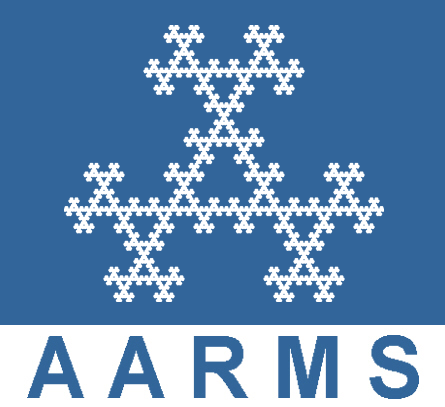2015 CMS Summer Meeting
University of Prince Edward Island, June 5 - 8, 2015
- RAPHAËL CLOUÂTRE, University of Waterloo
Duality and peak interpolation for multipliers of the Drury-Arveson space [PDF]
-
It is a classical result that the dual space of the ball algebra $A(\mathbb{B}_d)$ can be described explicitly in terms of Henkin measures and totally singular measures. This description can be used in the context of operator theory to show that a constrained absolutely continuous contraction must be pure. Motivated by the corresponding question for commuting row contractions, we describe the dual of the algebra $\mathcal{A}_d$ generated by the polynomial multipliers of the Drury-Arveson space. We also obtain a multiplier analogue of the Carleson-Rudin-Bishop peak interpolation theorem. (Joint work with Ken Davidson)
- RICHARD FOURNIER, Dawson College and CRM
On an interpolation formula of Frappier, Rahman and Ruscheweyh [PDF]
-
We shall give a new and most simple proof of an interpolation formula for polynomials due to
Frappier, Rahman and Ruscheweyh (1985). This formula admits as a consequence a discrete
refinement as well as an extension of Bernstein’s famous inequality for the derivative of a polynomial of degree at most n.
- HUBERT KLAJA, Université Laval
Isometric equality between de Branges-Rovnyak spaces and weighted Dirichlet spaces [PDF]
-
In 1997, Sarason pointed out that some de Branges-Rovnyak spaces are isometrically equal to some (harmonically) weighted Dirichlet spaces.
In 2010, Chevrot, Guillot and Ransford identified all the harmonically weighted Dirichlet spaces that are isometrically equal to some de Branges-Rovnyak spaces.
In this talk we will discuss about the isometric equality between some de Branges-Rovnyak spaces and some weighted Dirichlet spaces.
This is a joint work with Omar El-Fallah, Karim Kellay, Javad Mashreghi and Thomas Ransford.
- MYRTO MANOLAKI, University of Western Ontario
A result on harmonic measure with applications to Taylor series [PDF]
-
Let $f$ be a holomorphic function on the unit disc, and let $(S_{n_k})$ be a subsequence of its Taylor polynomials about $0$. The main result of this talk is that the nontangential limit of $f$ and $\lim _{k\rightarrow \infty} S_{n_k}$ agree at almost every point of the unit circle where they simultaneously exist. The key of the proof lies in a convergence theorem for harmonic measures that is of independent interest. Moreover, we will discuss applications of the above result to certain spaces of universal holomorphic functions. (Joint work with Stephen Gardiner)
- JAVAD MASHREGHI, Laval University
A group structure on $\mathbb{D}$ and its application for composition operators on model spaces [PDF]
-
We present a group structure on $\mathbb{D}$ via the automorphisms which fix the point $1$. Through the induced group action, each point of $\mathbb{D}$ produces an equivalence class which turns out to be a Blaschke sequence. We show that the corresponding Blaschke products are minimal/atomic solutions of the functional equation $\psi \circ \varphi = \lambda \psi$, where $\lambda$ is a unimodular contant and $\varphi$ is an automorphism of the unit disc. We also characterize all Blaschke products which satisfy this equation and study its application in the theory of composition operators on model spaces $K_\Theta$.
- BAHRAM RANGIPOUR, University Of New Brunswick
Universal Chern classes in Hopf cyclic cohomology [PDF]
-
Cyclic cohomology of algebras is the non commutative counterpart of the de Rham homology of manifolds in differential geometry. We introduce Hopf cyclic cohomology as the geometric part of cyclic cohomology. We focus on the space of leaves of a general foliation and construct universal Chern classes as cyclic cocycles on the associated crossed product algebra.
- NINA ZORBOSKA, University of Manitoba
Hyperbolic distortion, finite Blaschke products and uniform local univalence [PDF]
-
I will talk about the connections between the existence of upper and lower bounds of a weighted hyperbolic distortion of an analytic self-map of the unit disk and the maps geometric behaviour, such as its boundary regularity, or uniform local univalence. It is a well known fact that the hyperbolic distortion determines the properties of composition operators on some spaces of analytic functions. What is interesting to see is that the connections go both ways, namely that the properties of composition operators can be used to prove some seemingly purely geometric results.







